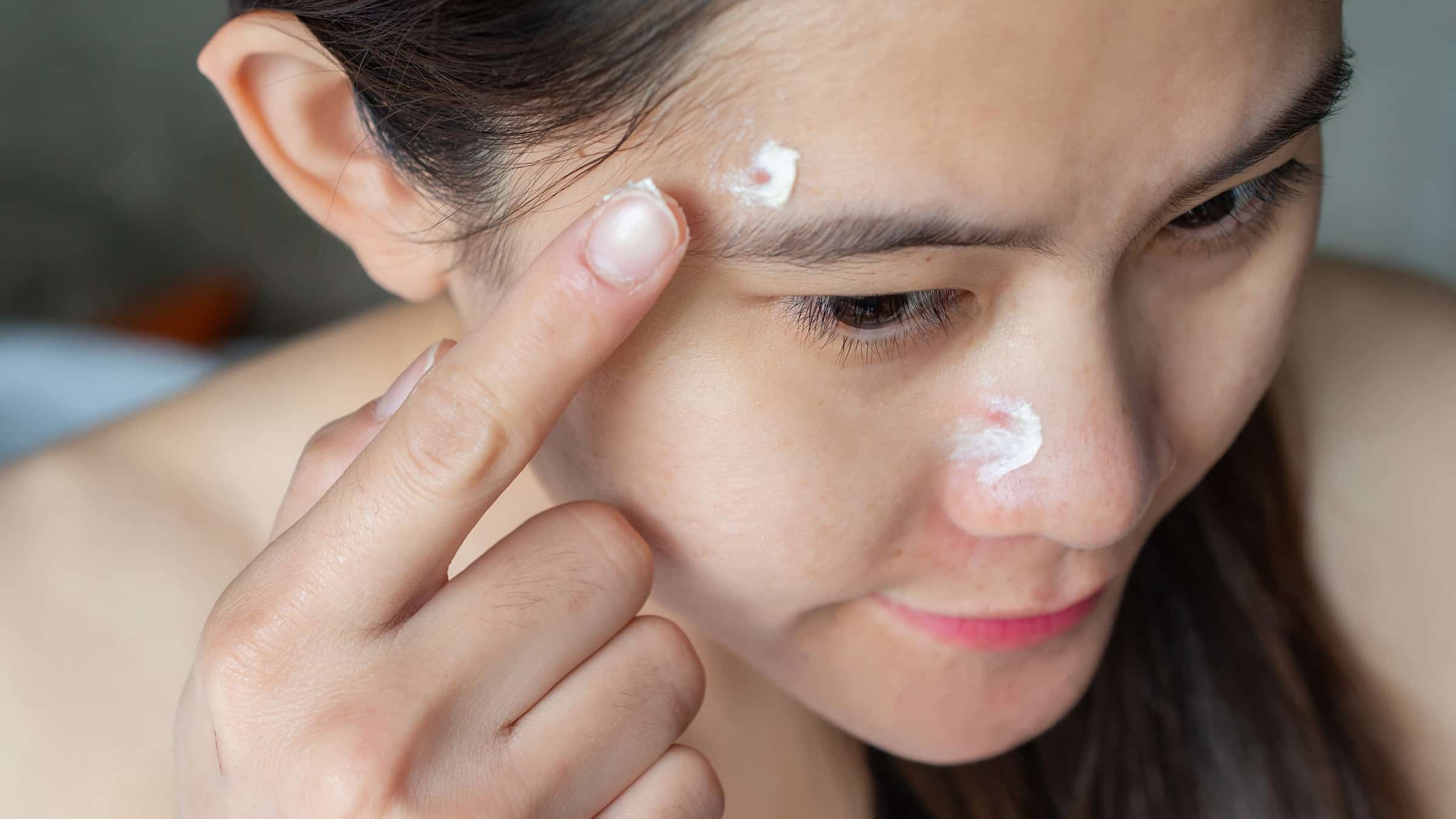Benzoyl Peroxide Cleanser: How to Use It Without Irritation
Are you dealing with stubborn breakouts? If so, you’ve probably come across benzoyl peroxide cleanser at some point. It’s one of the most well-known and trusted ingredients in the fight against acne – and for good reason. Benzoyl peroxide has the power to reduce inflammation and dry out blemishes temporarily by targeting one of the main root causes – the bacteria that contribute to acne.
But while it’s powerful, it can also irritate your skin if not used correctly. Dryness, peeling, and redness are common complaints, especially for first-time users or those with sensitive skin. The good news? We’re here with a bit of guidance, so that you can get the full benefits of the product with a minimum of uncomfortable side effects.
Start Slow & Stay Consistent With Your Benzoyl Peroxide Cleanser
One of the biggest mistakes people make is jumping straight into the daily use of a high-strength benzoyl peroxide cleanser. The product comes in different concentrations (typically 4%, and 10%), and more isn’t always better, because if your skin isn’t used to it, it can cause an uncomfortable reaction. Instead, you should start with a lower percentage and limit use to once a day or every other day to begin with.
This will allow your skin to build up its tolerance gradually. As irritation decreases and your skin adjusts, you can increase frequency if needed, and the key is consistency, not intensity. A gentle approach often yields better long-term results.
Don’t Overdo the Application
It’s called a cleanser for a reason, meaning that it doesn’t need to sit on your face for long. Apply a small amount to damp skin, gently massage it in for about 20–30 seconds, and rinse thoroughly. Leaving it on longer won’t make it more effective, but it will increase the risk of dryness or irritation being caused.
During application, you should be especially careful around sensitive areas like the corners of your nose, eyes, and mouth. These are the areas that tend to experience a reaction, and if you get one, just apply a thin layer of plain moisturizer or barrier cream beforehand to protect them.
Watch Out for Fabric Bleaching & Be Patient!
A small but frustrating side-effect of benzoyl peroxide (BPO) is that it can bleach towels, pillowcases, and clothing. While this may seem like a minor thing, allowing any fabrics to come into contact with BPO will typically result in a white stain. It’s for this reason that some people even have a dedicated “acne towel” by the bathroom sink for daily use.
Also, it’s easy to get discouraged when you don’t see overnight results, but that’s totally normal. Most people begin to notice improvement in about 2 to 4 weeks, with clearer skin continuing to develop over time. Just make sure you stick with it and avoid the urge to switch products too quickly, as impatience is one of the biggest reasons people fail to get results with products like these.
Not Tried a Benzoyl Peroxide Cleanser? Maybe Now’s the Time!
A BPO cleanser can be one of the most effective tools in your skincare toolkit, so long as you get the right strength and you stay nice and consistent. By starting slowly, you’ll keep your routine balanced and give your skin time to adjust, allowing you to fight breakouts without the burn.
For many people, it’s a simple, affordable, and science-backed step toward clearer, calmer skin. If you’re yet to try this effective option, maybe now’s the time?

Leave a Reply